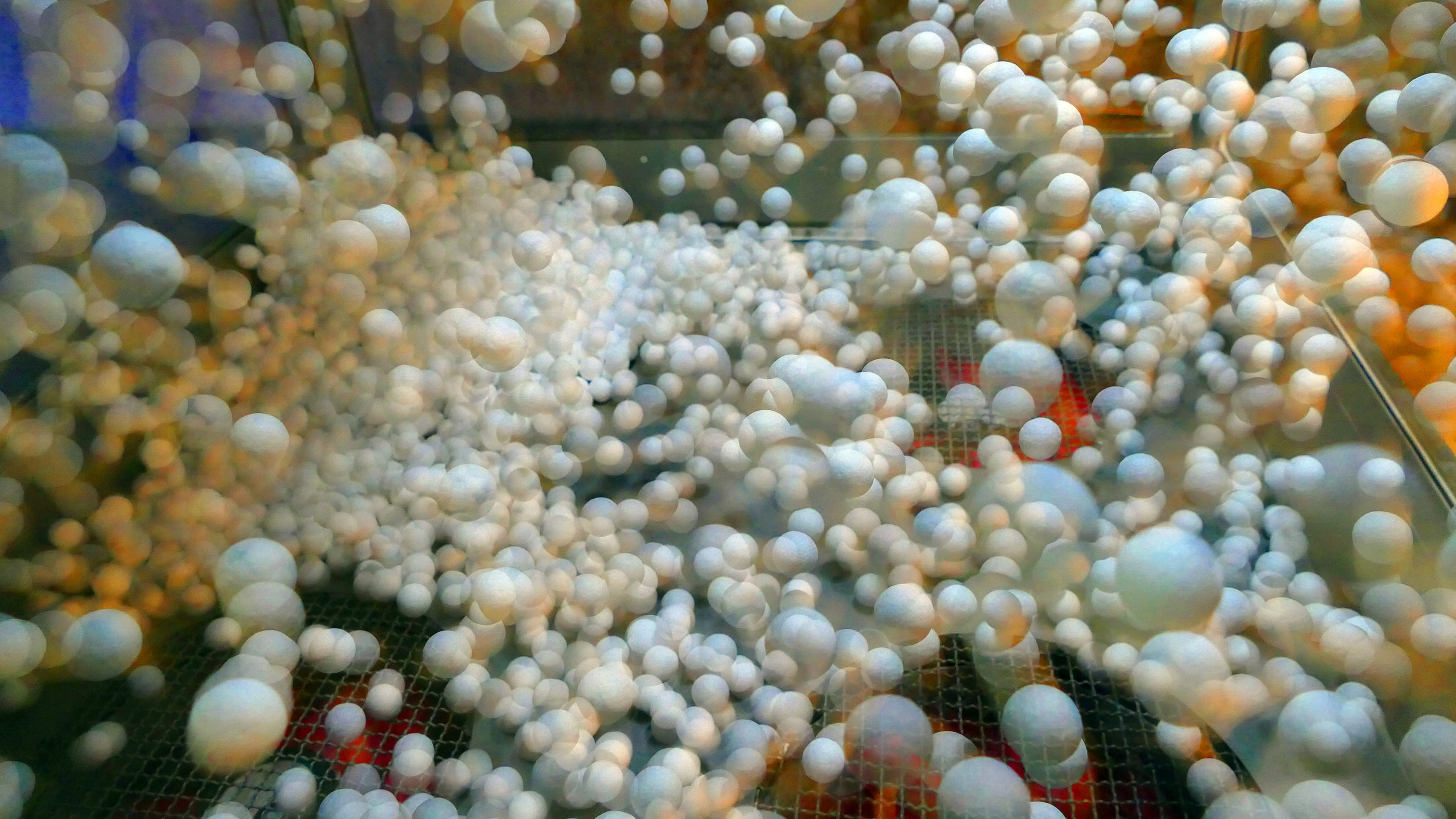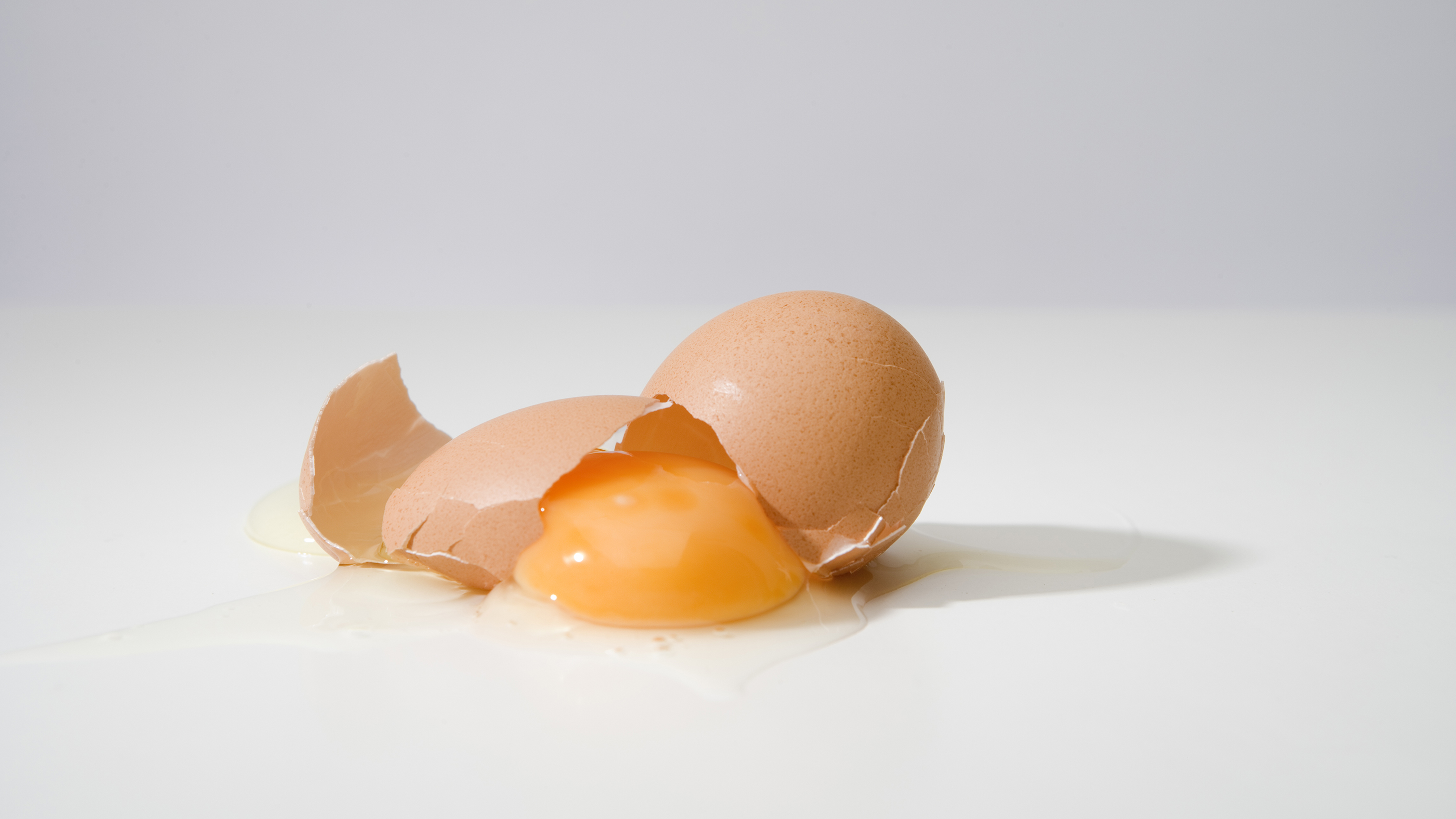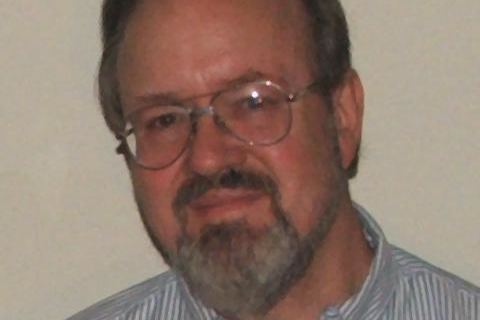What is the second law of thermodynamics?
The second law of thermodynamics says, in simple terms, entropy always increases. This principle explains, for example, why you can't unscramble an egg.

The second law of thermodynamics states that as energy is transferred or transformed, more and more of it is wasted. It's one of the four laws of thermodynamics, which describe the relationships between thermal energy, or heat, and other forms of energy, and how energy affects matter. The First Law of Thermodynamics states that energy cannot be created or destroyed; the total quantity of energy in the universe stays the same. The Second Law of Thermodynamics is about the nature of energy. The Second Law also states that there is a natural tendency of any isolated system to degenerate into a more disordered state, according to Boston University.
Saibal Mitra, a professor of physics at Missouri State University, finds the Second Law to be the most interesting of the four laws of thermodynamics. "There are a number of ways to state the Second Law," Mitra told Live Science. "At a very microscopic level, it simply says that if you have a system that is isolated, any natural process in that system progresses in the direction of increasing disorder, or entropy, of the system."
Mitra explained that all processes result in an increase in entropy. Even when order is increased in a specific location, for example by the self-assembly of molecules to form a living organism, when you take the entire system including the environment into account, there is always a net increase in entropy. In another example, crystals can form from a salt solution as the water is evaporated. Crystals are more orderly than salt molecules in solution; however, vaporized water is much more disorderly than liquid water. The process taken as a whole results in a net increase in disorder.
History of the second law of thermodynamics
In his book, "A New Kind of Science" (Wolfram Media, 2018), Stephen Wolfram wrote, "Around 1850 Rudolf Clausius and William Thomson (Lord Kelvin) stated that heat does not spontaneously flow from a colder body to a hotter body." This became the basis for the Second Law.
Subsequent works by Daniel Bernoulli, James Clerk Maxwell, and Ludwig Boltzmann led to the development of the kinetic theory of gases, in which a gas is recognized as a cloud of molecules in motion that can be treated statistically, according to Georgia State University. This statistical approach allows for precise calculation of temperature, pressure and volume according to the ideal gas law, according to Georgia State University.
This approach also led to the conclusion that while collisions between individual molecules are completely reversible, i.e., they work the same when played forward or backward, that's not the case for a large quantity of gas. With large quantities of gas, the speeds of individual molecules tend over time to form a normal or Gaussian distribution, sometimes depicted as a "bell curve," around the average speed. The result of this is that when hot gas and cold gas are placed together in a container, you eventually end up with warm gas, according to Georgia State University. However, the warm gas will never spontaneously separate itself into hot and cold gas, meaning that the process of mixing hot and cold gases is irreversible. This has often been summarized as, "You can't unscramble an egg." According to Wolfram, Boltzmann realized around 1876 that the reason for this is that there must be many more disordered states for a system than there are ordered states; therefore random interactions will inevitably lead to greater disorder.
Work and energy

One thing the Second Law dictates is that it is impossible to convert heat energy to mechanical energy with 100% efficiency, according to Britannica. After the process of heating a gas to increase its pressure to drive a piston, there is always some leftover heat in the gas that cannot be used to do any additional work. This waste heat must be discarded by transferring it to a heat sink. In the case of a car, this is done by sending the spent fuel and air mixture from the engine to the atmosphere via the exhaust pipe. Additionally, any device with movable parts produces friction that converts mechanical energy to heat that is generally unusable and must be removed from the system by transferring it to a heat sink. This is why claims for perpetual motion machines are summarily rejected by the U.S. Patent Office.
When a hot and a cold body are brought into contact with each other, heat energy will flow from the hot body to the cold body until they reach thermal equilibrium, i.e., the same temperature. However, the heat will never move back the other way; the difference in the temperatures of the two bodies will never spontaneously increase. Moving heat from a cold body to a hot body requires work to be done by an external energy source such as a heat pump, according to Georgia State University.
"The most efficient engines we build right now are large gas turbines," said David McKee, a professor of physics at Missouri State University. "They burn natural gas or other gaseous fuels at a very high temperature, over 2,000 degrees Celsius [3,600 degrees Fahrenheit], and the exhaust coming out is just a stiff, warm breeze. Nobody tries to extract energy from the waste heat, because there's just not that much there."
The arrow of time

The Second Law indicates that thermodynamic processes, i.e., processes that involve the transfer or conversion of heat energy, are irreversible because they all result in an increase in entropy. Perhaps one of the most consequential implications of the Second Law, Mitra said, is that it gives us the thermodynamic arrow of time.
In theory, some interactions, such as collisions of rigid bodies or certain chemical reactions, look the same whether they are run forward or backward. In practice, however, all exchanges of energy are subject to inefficiencies, such as friction and radiative heat loss, which increase the entropy of the system being observed, according to OpenStax. Therefore, because there is no such thing as a perfectly reversible process, if someone asks what is the direction of time, we can answer with confidence that time always flows in the direction of increasing entropy.
The fate of the universe
The Second Law also predicts the end of the universe, according to Boston University. "It implies that the universe will end in a 'heat death' in which everything is at the same temperature. This is the ultimate level of disorder; if everything is at the same temperature, no work can be done, and all the energy will end up as the random motion of atoms and molecules."
In the far distant future, stars will cease being born, galaxies will burn out, and black holes will evaporate until there's nothing left but subatomic particles and energy, according to Science Magazine. Ultimately, those particles and that energy will reach thermal equilibrium with the rest of the Universe. Fortunately, John Baez, a mathematical physicist at the University of California Riverside, predicts that this process of cooling down could take as long as 10(10^26) (1 followed by 1026(100 septillion) zeros) years with the temperature dropping to around 10−30 K (10−30 C above absolute zero).
Live Science contributor Ashley Hamer updated this article on Jan. 27, 2022.
Additional resources
Here are some other explanations of the second law of thermodynamics:
- This video from the World Science Festival explores entropy and the arrow of time with physicist Brian Greene.
- Get another explanation of the second law of thermodynamics in this resource from the University of Calgary.
- George Mason University earth science professor Robert M. Hazen discusses the consequences of the second law of thermodynamics in this article from The Great Courses Daily.
Bibliography
Boston University, "Entropy and the second law," December 12, 1999. http://physics.bu.edu/~duffy/py105/Secondlaw.html
Stephen Wolfram, "A New Kind of Science," Wolfram Media, 2018. http://www.wolframscience.com/nksonline/toc.html
Famous Scientists, "Daniel Bernoulli." https://www.famousscientists.org/daniel-bernoulli/
Famous Scientists, "James Clerk Maxwell." https://www.famousscientists.org/james-clerk-maxwell/
Famous Scientists, "Ludwig Boltzmann." https://www.famousscientists.org/ludwig-boltzmann/
Georgia State University Hyperphysics, "Kinetic Theory." http://hyperphysics.phy-astr.gsu.edu/hbase/Kinetic/kinthe.html
Georgia State University Hyperphysics, "Ideal Gas Law." http://hyperphysics.phy-astr.gsu.edu/hbase/Kinetic/idegas.html#c1
Georgia State University Hyperphysics, "Gaussian Distribution Function." http://hyperphysics.phy-astr.gsu.edu/hbase/Math/gaufcn.html
Britannica, "Entropy." June 1, 2021. https://www.britannica.com/science/thermodynamics/Entropy
Georgia State University Hyperphysics, "Heat Pump." http://hyperphysics.phy-astr.gsu.edu/hbase/thermo/heatpump.html
Openstax University Physics 2, "21 Reversible and Irreversible Processes." July 16, 2019. https://opentextbc.ca/universityphysicsv2openstax/
Adam Mann, "This is the way the universe ends: not with a whimper, but a bang," August 11 2020, Science Magazine. https://www.science.org/content/article/way-universe-ends-not-whimper-bang
John Baez, "The End of the Universe." February 7, 2016. https://math.ucr.edu/home/baez/end.html
Cool Cosmos, "What is absolute zero?" https://coolcosmos.ipac.caltech.edu/ask/298-What-is-absolute-zero-
Sign up for the Live Science daily newsletter now
Get the world’s most fascinating discoveries delivered straight to your inbox.

- Ashley HamerLive Science Contributor










